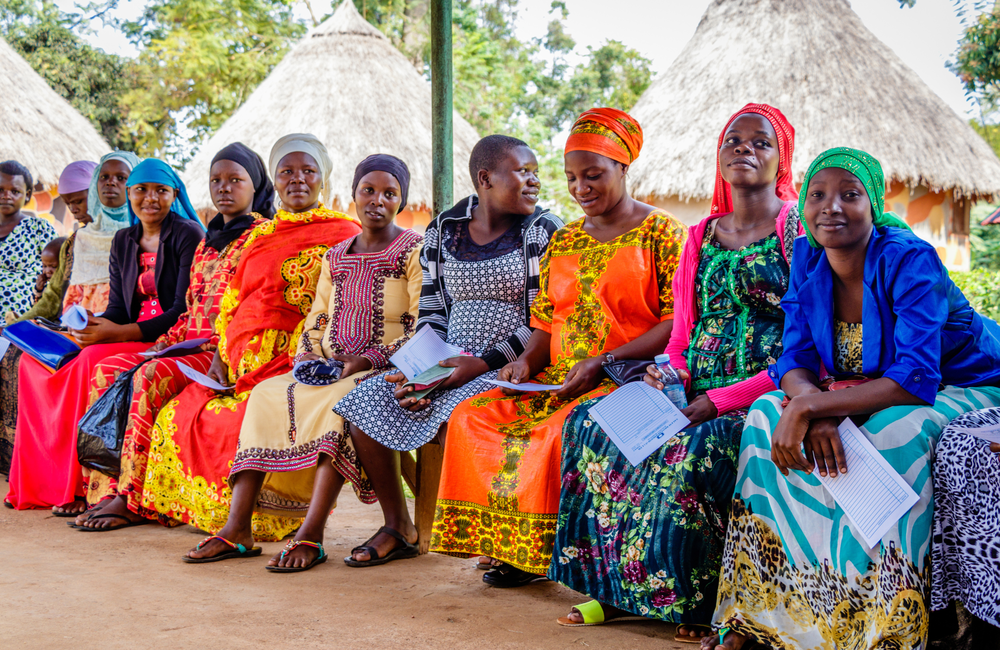
A study comparing two models for delivering pre-exposure prophylaxis (PrEP) among pregnant women seeking routine antenatal services at public clinics in Kenya found similar PrEP uptake in the targeted (risk-guided) and universal arms. Additionally, both arms had high PrEP continuation rates, and HIV incidence was also similar.
Since the risk-guided approach was not superior and did not improve PrEP decision-making, the researchers recommend universal PrEP counselling – which is easier and simpler to provide.
"We found that a risk-guided PrEP offer (Targeted) was not superior to a Universal PrEP offer, based on appropriate PrEP decision and HIV incidence. Universal PrEP offer following simple standard counselling resulted in a comparable proportion of women making appropriate PrEP decisions as the risk-guided approach," wrote the authors. "Our findings suggest that universal PrEP counselling is optimal for integrating PrEP in maternal and child health systems."
Pregnancy and breastfeeding are periods of increased risk of HIV acquisition, and women who acquire HIV during these periods are at higher risk of vertical transmission. While studies have demonstrated the feasibility of PrEP in maternal clinics, implementation questions remain. The World Health Organization suggests a risk-guided approach to HIV prevention as part of mother-to-child transmission prevention programmes. However, it was unclear whether this was more effective in reducing HIV incidence and promoting appropriate PrEP decisions than offering PrEP universally.
The researchers, therefore, conducted a cluster-randomised trial to compare Universal and Targeted (risk-guided) approaches to PrEP delivery. In the Universal arm, all participants received standardised PrEP counselling and decided whether or not to take it. In the Targeted arm, participants underwent an HIV risk assessment, including an objective risk-scoring tool, which includes questions on sexual history and sexually transmitted infections. Women assessed as being at higher risk of HIV then received PrEP counselling. They were also offered HIV self-test kits for use with partners to provide information on partner HIV status to guide PrEP decision-making.
The primary outcomes were maternal HIV incidence and appropriate PrEP use, defined as the proportion of high-risk participants accepting PrEP and low-risk participants declining it. Secondary outcomes included PrEP acceptance, initiation, adherence, and partner HIV status at nine months postpartum.
The study enrolled 4,447 pregnant women seeking routine maternal care between 2018 and 2019 in 20 public clinics across Kenya. Participants were HIV-negative, not using PrEP, and had a median age of 24. The majority (85%) were married, and the median gestational age at enrolment was 24 weeks. Most of their male sexual partners were HIV-negative, while 32% of participants didn't know the status of their partners. Overall, 42% of participants met the criteria for being at high risk of HIV acquisition.
The women were followed for nine months after giving birth. They attended monthly antenatal visits and 6-week, 14-week, 6-month, and 9-month postnatal visits. At each visit, the women self-reported their adherence to PrEP in the preceding 30 days. Blood samples were taken for HIV testing, and dried blood spots were collected from those taking PrEP to measure drug levels.
Results
Over 4638 person-years of follow-up, there were 16 maternal HIV infections. Out of these, seven occurred in the Targeted arm and nine in the Universal arm. The overall incidence of HIV was 0.35 infections per 100 person-years.
Most women (64%) made an appropriate decision regarding PrEP. Out of 1883 women who were found to be at risk, 27% accepted PrEP in the Targeted arm, compared to 32% of women in the Universal arm. Among women who were assessed as low risk, 7% of the 1064 participants in the Targeted arm independently requested PrEP, while 13% of the 1,500 women in the Universal arm also requested it.
Overall, 828 women accepted PrEP, with no significant difference between arms (17.6% in the Targeted arm and 19.6% in the Universal arm). Of those who initiated PrEP, the median duration of use was almost the same for both groups (9 months and 8.6 months). Nearly half of the participants (49%) who initiated PrEP continued using it throughout the follow-up period, and this rate was similar in both arms. At their first study visit after accepting PrEP, slightly over half of the participants (62.5% in Targeted and 52.8% in Universal) reported perfect adherence to the PrEP regimen.
In the Targeted arm, 1,384 (63.5%) accepted HIV self-testing for partner HIV testing, and results identified 12 partners with HIV-positive results. Among 157 women who initiated PrEP and reported a partner of unknown HIV status at baseline, 114 (73%) accepted self-testing for partner testing. Of these, 79 (69%) reported that their partners were HIV-negative. Following these results, 49 (62%) women discontinued PrEP.
These results suggest that incorporating HIV-risk screening to target high-risk women in antenatal clinics for PrEP offer does not affect HIV incidence or PrEP uptake compared to universal PrEP counselling for all women receiving antenatal care.
The authors note that the risk-based screening took up time and uncovered issues that were sometimes challenging for healthcare workers to discuss.
"A Universal approach may be the simplest and most effective option for PrEP counselling as no screening is required to reach similar levels of appropriate PrEP use and HIV incidence as a risk-guided strategy," the authors concluded.
Kinuthia J et al. Risk-based versus universal PrEP delivery during pregnancy: a cluster randomized trial in Western Kenya from 2018 to 2019. Journal of the International AIDS Society 26(2): e26061, 2023 (open access).
